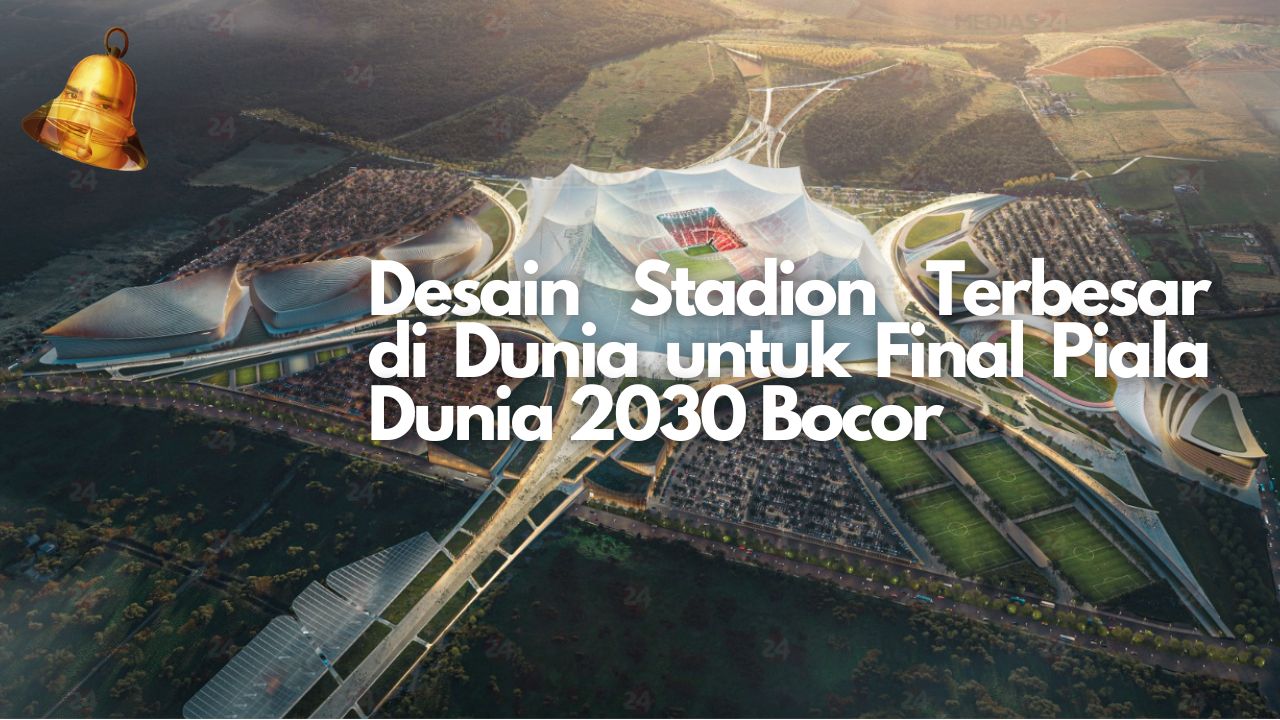Shocking news comes from the world of sports architecture. A stadium design claimed to be the largest in the world for the 2030 World Cup final has been leaked to the public. This futuristic design, which is still surrounded by strict secrecy, has generated a lot of speculation and enthusiasm among fans of football and architectural design.
Leaked Designs, An Overview
Leaked designs show a stadium with an extraordinarily large capacity, capable of accommodating tens of thousands of spectators. With a roof that can be opened and closed, the stadium is designed to accommodate all weather conditions, while providing an optimal viewing experience. Its unique roof structure, which appears to float above the stadium, is one of its most striking features.
Design Inspiration
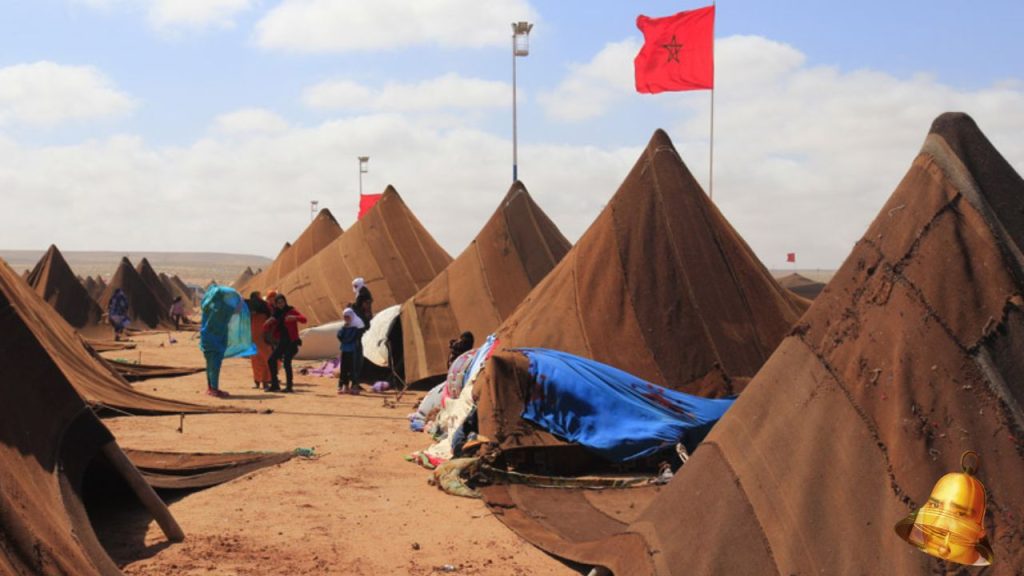
The stadium, which will be named Grand Stade Hassan II, is inspired by the traditional Moroccan tent, known as the Moussem tent. This design not only reflects local culture but also provides a modern touch that makes it unique. The stadium roof is designed to resemble a large tent that hovers above the stadium, giving it a majestic and elegant impression.
Capacity and Location
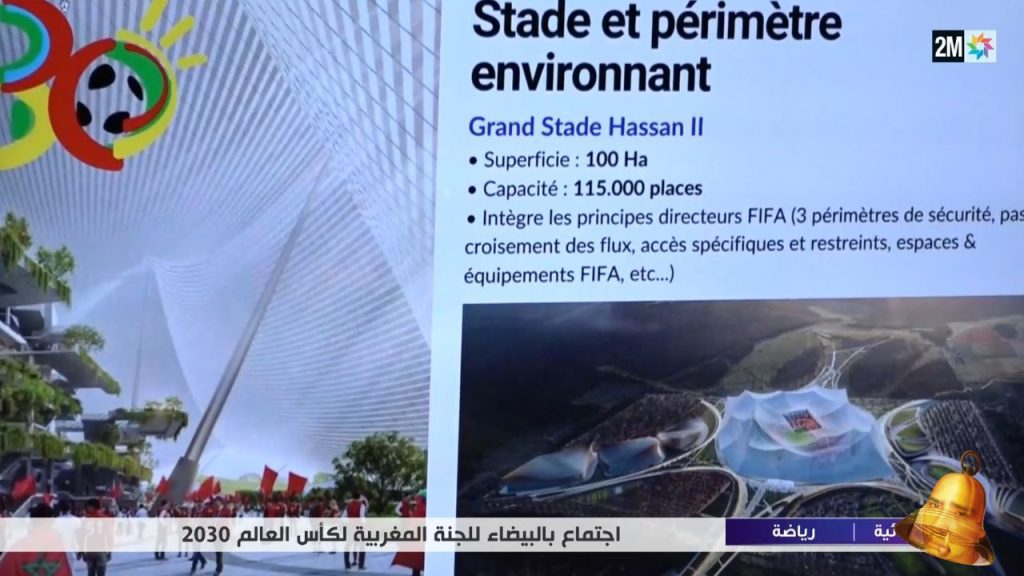
With a capacity of 115,000 seats , the Grand Stade Hassan II will be the largest stadium in the world, surpassing the Rungrado May Day Stadium in North Korea which has 114,000 seats. This stadium will be built in Casablanca, the largest city in Morocco, precisely in the El Mansouria area near Benslimane Airport. This location was chosen because of its good accessibility and sufficient space for the development of supporting infrastructure.
Facilities and Technology
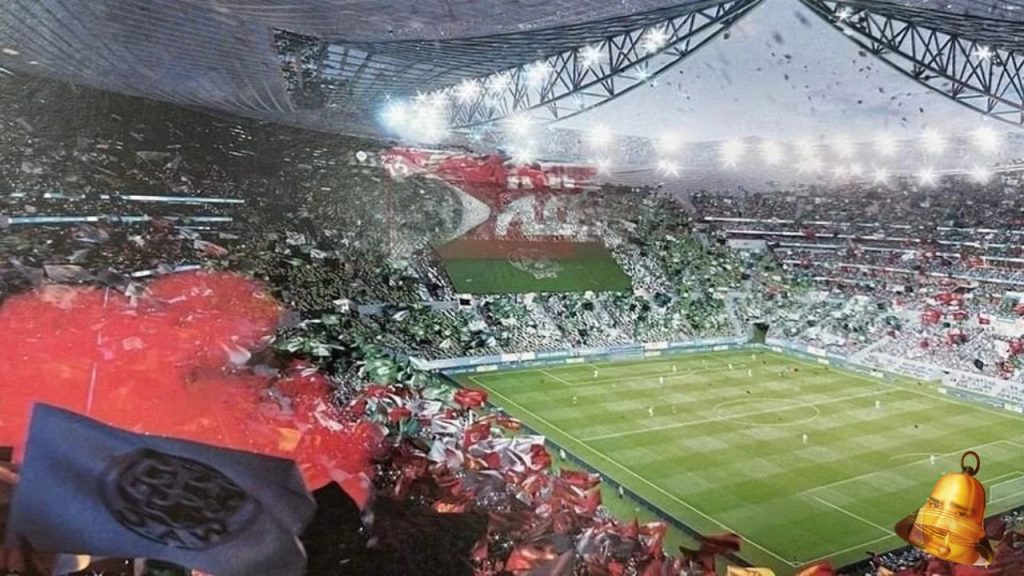
Grand Stade Hassan II will be equipped with various modern facilities that will enhance the viewing experience for spectators. The stadium will have a giant screen, state-of-the-art sound system and fast internet connectivity. Apart from that, this stadium will also be equipped with environmentally friendly technology, such as solar panels and an efficient water management system.
Impact and Main Objectives of Stadium Design
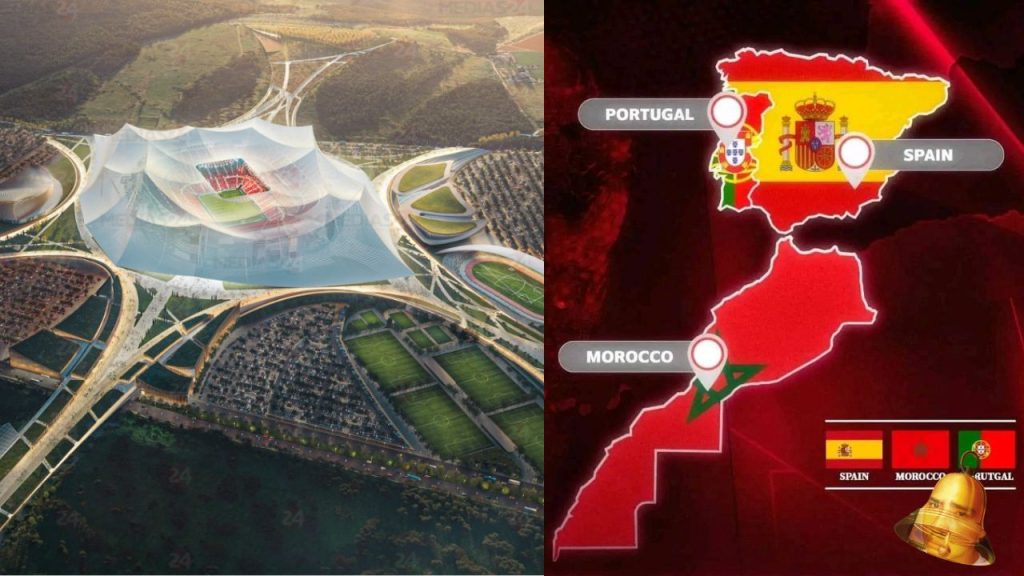
The construction of the Grand Stade Hassan II for the 2030 World Cup final will have various positive impacts for Morocco. Here are some expected impacts:
- Economic Boost : The World Cup is one of the world's biggest sporting events, and hosting the final will attract millions of tourists. This will increase revenues from the tourism, hospitality and other service sectors. Apart from that, the construction of the stadium and its supporting infrastructure will create many new jobs.
- Infrastructure Development : This project will encourage the development of infrastructure around the stadium, including roads, public transportation and other public facilities. This will improve the quality of life for local residents and make Casablanca more attractive to tourists and investors.
- Promotion of Culture and Tourism : The stadium with a design inspired by Moroccan culture will become a new icon promoting the country's cultural heritage. International events such as the World Cup will provide a platform to showcase Moroccan culture, food and traditions to the world.
- Improved Sports Facilities : After the World Cup, the stadium will become the home ground for the Moroccan national team and major clubs. This will provide world-class sporting facilities for local athletes and help develop young talent in football.
- Social Impact : This project can increase the sense of pride and togetherness among Moroccan citizens. Hosting a major event such as the World Cup can boost national morale and provide inspiration for the younger generation.
- Environmental Impact : With environmentally friendly technologies implemented in the stadium, such as solar panels and water management systems, this project can also be an example for sustainable development in Morocco and other countries.
- Foreign Investment : Success in hosting the World Cup could attract more foreign investment to Morocco. Investors will see the country's economic potential and stability, which could encourage more development projects in the future.
Overall, the construction of the Grand Stade Hassan II and holding the 2030 World Cup final in Morocco is expected to bring many long-term benefits to this country, both from an economic, social and cultural perspective. But there are also concerns about high construction and maintenance costs, as well as the impact on the surrounding environment.
One of the main goals of the stadium design was to create an immersive experience for spectators. From comfortable seats to giant screen technology, every aspect has been considered to ensure that the viewing experience is unforgettable.
Challenges and Hope
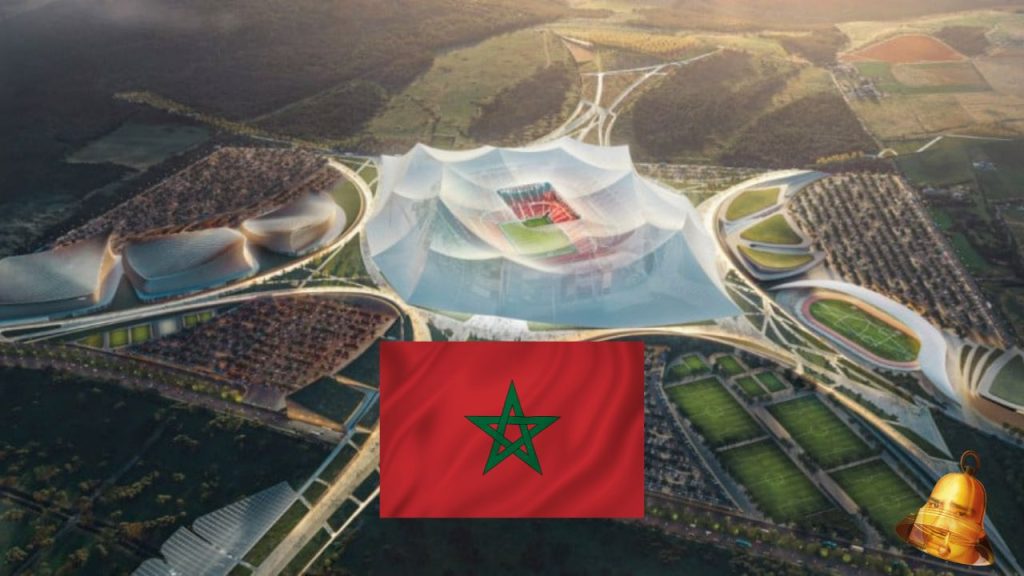
Building a stadium of this size is of course not without challenges. One of the biggest challenges is ensuring that the project is completed in time for the 2030 World Cup. Additionally, there are also challenges in terms of funding and efficient project management. However, with the involvement of experienced architects and engineers, as well as full support from the Moroccan government, hopes of completing this project on time are very high.
Conclusion
The design of the Grand Stade Hassan II leaked to the public has generated great enthusiasm among football and architecture fans. This stadium will not only be the venue for the 2030 World Cup final but also a symbol of progress and innovation in stadium design. With its extraordinary capacity, unique design and modern facilities, Grand Stade Hassan II is expected to become one of the best stadiums in the world.
Hopefully this article provides a clear and interesting overview of the design of the world's largest stadium for the 2030 World Cup final. If you have any further questions or other topics you would like to discuss, don't hesitate to contact me!


